Why You Need To Think About the Metaverse…Now

We may be on the precipice of a new frontier, a place that has a lot of people intrigued but skeptical. Where a lot of action seems to be going down which outsiders don’t quite comprehend.
The early days of the Internet were like a frontier town in the wild west. Seemingly everybody went there, all looking for success in unique ways. Not everybody’s interests were perfectly aligned, and along came plenty of arguing, experimenting, and partnering. While nobody really quite knew what to make of this new, exciting place, everybody was aware that being there early could reap big-time rewards.
But in the Internet’s case, few understood that this new frontier would not just change the world, but in many ways actually become the world. Could it happen again?
Enter The Metaverse.
Ask 10 experts what the Metaverse is and you might get 10 different responses.
“The Metaverse is just a digital layer of our lives. The Metaverse will exist once everything that we do digitally is completely, seamlessly connected,”, Kerry Murphy, Founder and CEO of The Fabricant describes it.
Grant Paterson, Wunderman Thompson’s head of esports and gaming calls it “…the creation of a persistent virtual world, in which consumers are able to hop between different virtual experiences.”
And what about if you ask, you know, actual people? A recent poll of over 1,800 Gen Zers found that 65% of them did not know what the Metaverse is.
So it’s all very new. The closest thing to a consensus is that the Metaverse is the fusion of physical and virtual reality. Some of it is built on elements of gaming, particularly popular outputs like Fortnite and Animal Crossing. These games are open source, set in endless virtual worlds that players can explore at their pace.
Some feel the Metaverse will be tightly connected to crypto, NFTs, and DAOs (decentralized autonomous organizations).
The Metaverse promises an entire world that operates in a similar fashion—people living, socializing, working, exploring, even getting married… all virtually via their avatars. And while virtual reality and the hardware required to experience it will likely be a big part of the future Metaverse, it’s not all dependent on that—gaming consoles, smartphones, AR glasses, and any other internet-connected devices will likely help people enter the Metaverse and take in the experiences it promises.
What makes the Metaverse so exciting is that there’s really no end to the possibilities it affords. It’s the ultimate “if you can dream it, you can do it” platform. It’s also a huge priority for many of the biggest tech players and brands in the world.
“And my hope, if we do this well, I think over the next five years or so, in this next chapter of our company, I think we will effectively transition from people seeing us as primarily being a social media company to being a Metaverse company,” Meta CEO Mark Zuckerberg said.
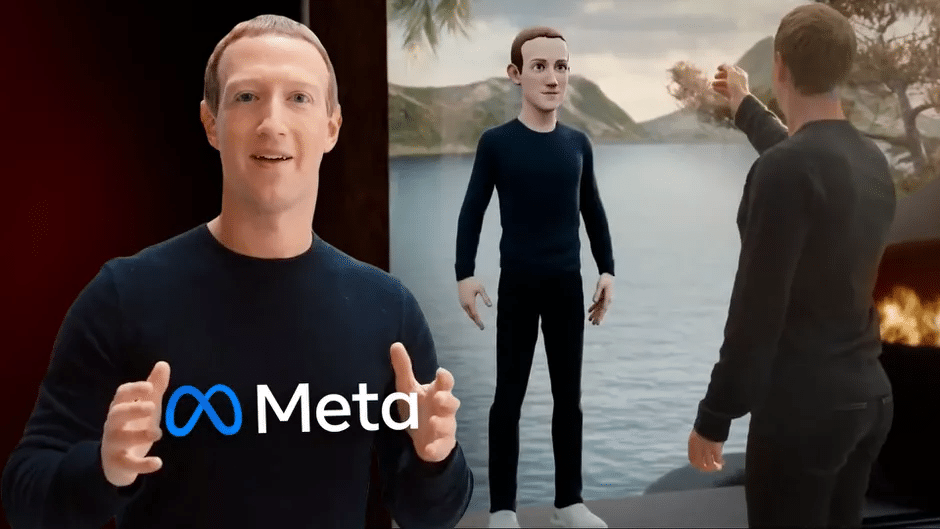
The infinity symbol was designed in the Metaverse and exists in three dimensions, like a sculpture. In the future, logos will no longer matter in only two dimensions.
“Instead of just doing this over a phone call, In the future, you’ll be able to sit as a hologram on my couch, or I’ll be able to sit as a hologram on your couch, and it’ll actually feel like we’re in the same place, even if we’re in different states or hundreds of miles apart,” Zuckerberg continued, illustrating how the Metaverse hopes to mimic the real, spatial world.
Maybe we’re simply at their mercy, but if the Facebooks and Microsofts and Adobes and Apples of the world are all heavily investing in the Metaverse, it’s probably going to become a major part of our future. And if the Metaverse truly does intend to bring all of the real world in a virtual setting, it will have to have (almost) everything that our physical world does: the actual experiences of shopping, dining, entertainment, work, and more, as well as all the technical and commercial/financial infrastructure that allows it all to work (and for people to make money).
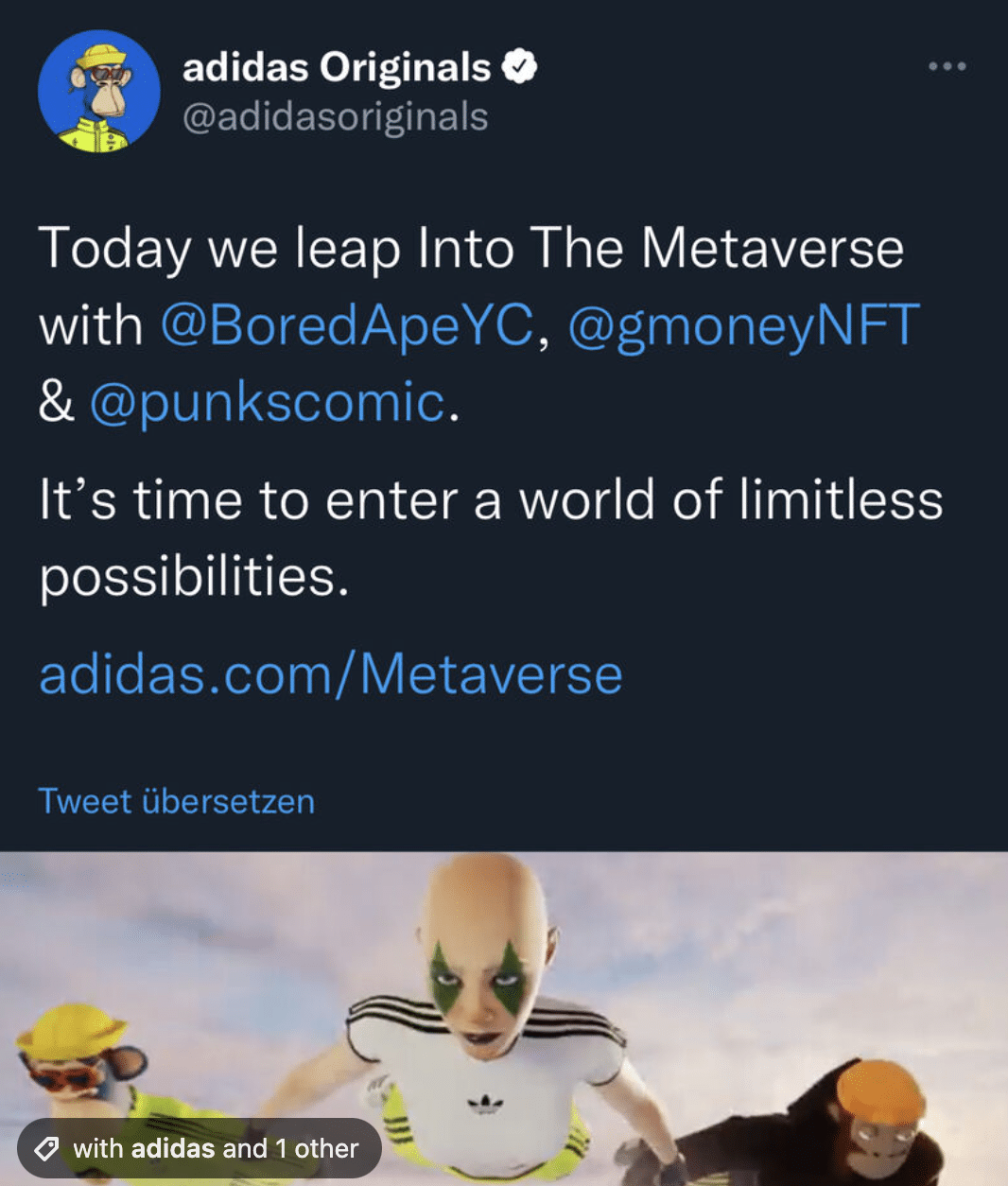
Like the Internet, If you exist in this world, you’ll likely have to exist in the Metaverse. So whether you’re a big, multinational or a young company just starting out, you really need to be, at the very least, thinking about how you can best fit into the Metaverse. You don’t want to get there when all the gold has already been mined.
Things are still new, so success in the Metaverse isn’t as simple as showing up, planting your flag in the ground, and saying, “Look, we’re here!”. As with any big business consideration, planning your entry into the Metaverse must be done in consideration with your brand and business goals holistically, making sure that everything you do in the Metaverse enhances and betters your brand. That is, how your presence there creates impact, emotion, or value for those you’re engaging with.
Here are some key early considerations for brands looking to take the plunge into the Metaverse:
Complete Your Digital Transformation
Take this header with a grain of salt, because digital transformation is never really “complete”. In fact, the companies that thought they’d fully transformed are now looking at future platforms like the Metaverse and having to iterate and continue their shift.
But any company that wants to succeed in the Metaverse needs to supercharge its digital transformation strategies, ensuring that anything and everything that exists for the company in the physical world can also exist efficiently in the digital world.
“Systems that were normally 2D, forward-facing brands are realizing they need them to be 3D,” says Alex Willis, Chief Experience Officer of The Mill. This may sound like a massive undertaking, and while it won’t be easy for many companies to do, it also presents an incredible opportunity.
Take fashion brands, for instance, many of whom have found early success in digital worlds, utilizing avatars and gaming influencers to drop new products in the virtual world. High fashion brand Balenciaga is one example, embracing virtual fashion and “drop culture” in Fortnite. This type of re-thinking of old norms represents only the beginning, as brands can embrace the Metaverse as a virtual extension of their entire brand itself. This represents an entirely new ecosystem for the brand to work in, new audiences to not only sell to and engage with but to collaborate with.
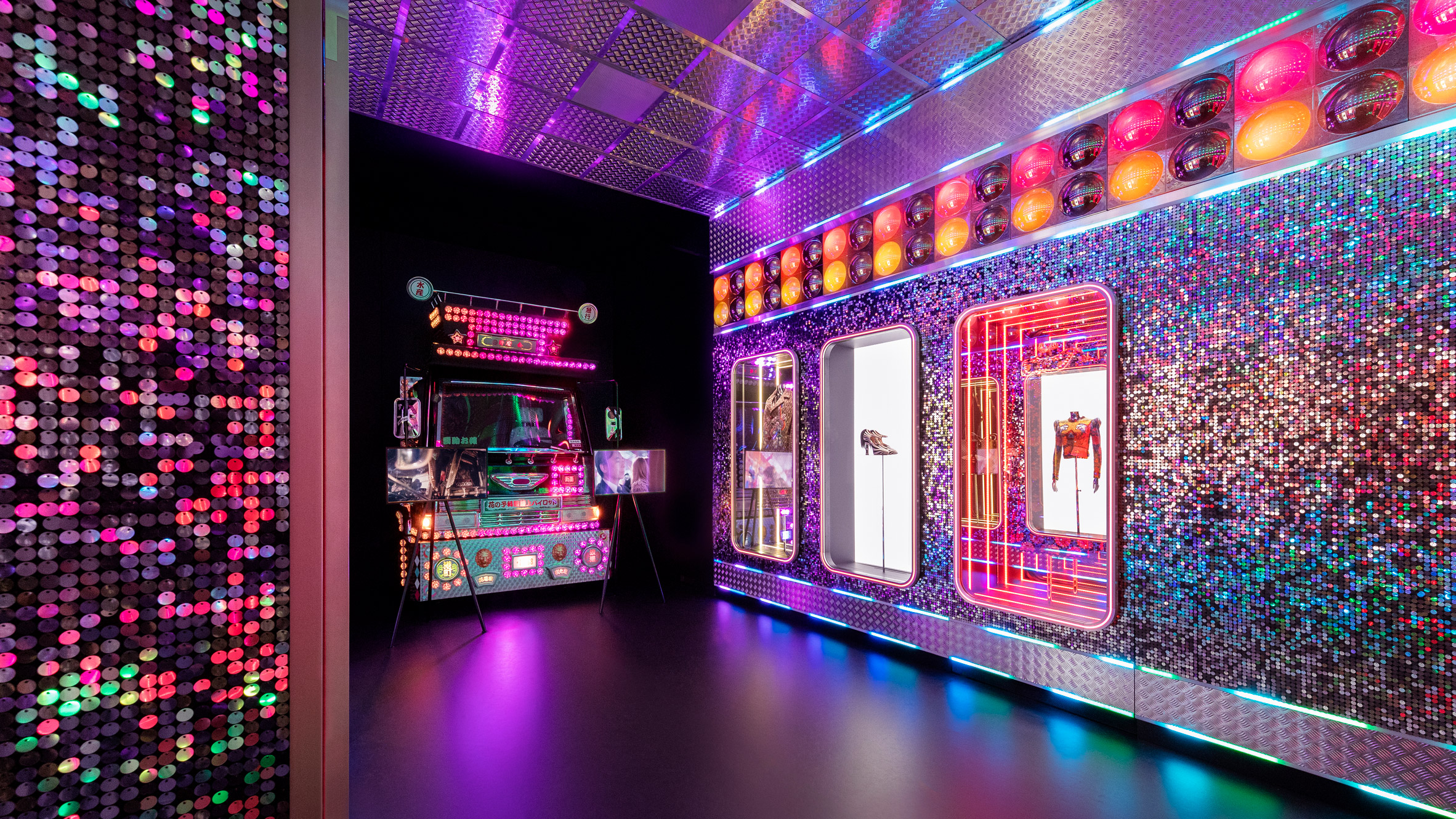
Gucci’s mega-designed Metaverse showcase.
Go Native
Whenever a brand wants to enter into any sort of new space, it’s critical that they come off as authentic to the audience. One of the best ways to do that right off the bat is to understand the expectations, culture, and desires of the audience that’s there.
For the Metaverse, that means diving headfirst into Discord and Twitter. It’s like studying a foreign language: you’re not going to get the full experience of Spanish until you’ve lived in Madrid for a few months. And you cannot possibly understand Metaverse culture without joining Discord servers, tweeting and retweeting, chatting, and getting to know its citizens.
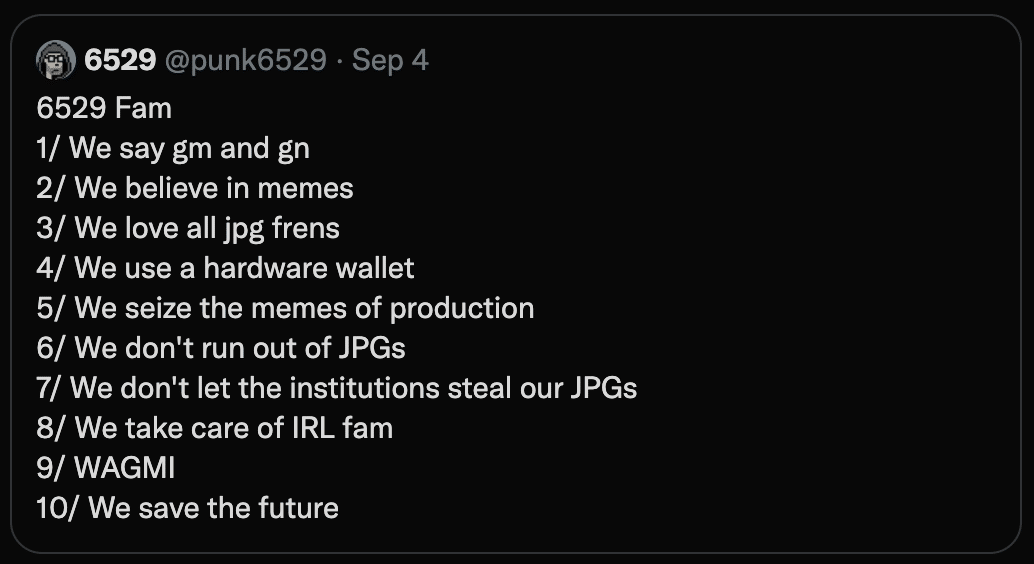
If you don’t know what this means in English, you haven’t spent enough time on Discord & Twitter.
Many brands who want to have a presence in the Metaverse may have no previous experience in any sort of gaming or virtual world environment. If there’s one thing that not only gamers but also huge swaths of Gen Z dislike, it’s when they feel like they’re being overtly sold to.
To avoid engendering this response, it’s imperative that any way you insert yourself into these virtual worlds doesn’t just offer your brand something, but offers the user something valuable as well.
One key consideration to make is how you come off in your words and actions. Familiarize yourself with the type of language and tone that veterans of the Metaverse employ, and do your best to marry that to your usual brand voice. If someone says to you “gm”, do you know what that means? (It means “good morning”, yes, even if it’s 9 at night). LFG is the ubiquitous metaversian rallying cry, for “Let’s Fuc*ing Go”, a sure sign that good things are happening.

If something seems like a big deal and a Metaverse veteran responds “probably nothing”, know that they actually agree with you. This type of lingo is ubiquitous in virtual worlds, and if your brand is going to have a presence there, your writing/editorial/copy experts will have to become fully immersed in it.
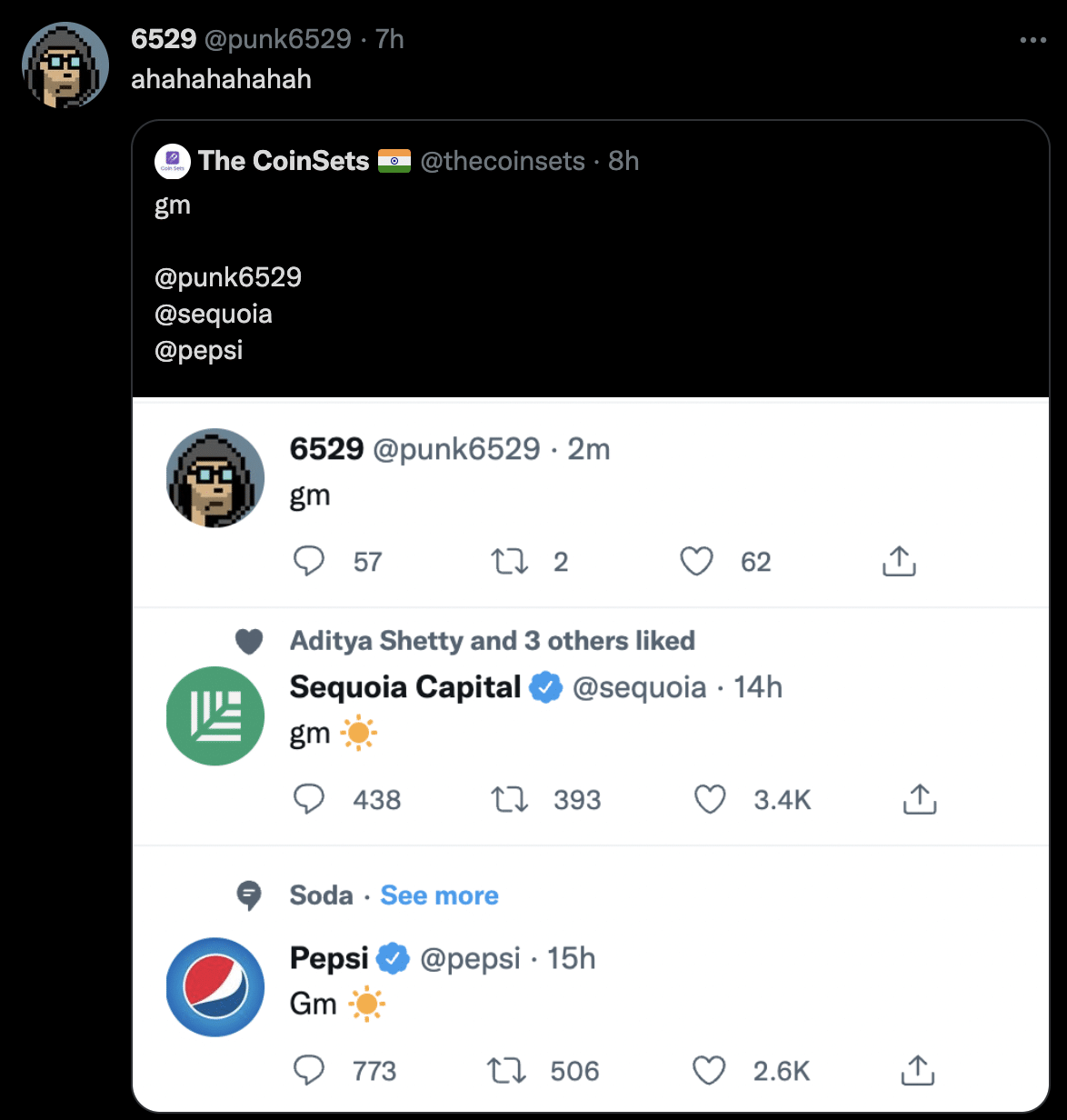
Note Pepsi was uncool because they capitalized the G and copied Sequoia’s emoji. But at least they “got it” and responded.
Consider Potential Partners
Whatever your place in the Metaverse is, it’ll be similar in one way to that of your place in the real world—you can’t go it all alone. In fact, the Metaverse in many ways has the potential to be an even more collaborative, creator-led, open place than we’ve operated in before. Not unlike the internet in its early days, there are experts in the Metaverse whose depth you can tap into, and those experts can also benefit from those with experience in their particular sectors or industries, as well as overall business and brand planning.
So if you’re a brand or business a bit uneasy about entering the Metaverse, know that nobody is expected to do or know it all. When dipping your toes in, it’s valuable to start thinking about who you can potentially partner with on different experiences. Look for opportunities that you—and only you—can truly turn into memorable, deeply engaging experiences by offering your specific expertise.
There are software, hardware, and tech companies that are more well-versed in the Metaverse than you right now, and that’s ok. But they don’t have the knowledge about your consumers and how to engage with them that you may. And they definitely don’t know the ins and outs of your industry. Combining your expertise with a partner’s can be powerful and help ease your transition into the Metaverse.
Conclusion
The Metaverse is here, a new, chaotic place that can not just change the world, but in many ways actually become the world.
Although it will continue to grow and change, the time is now to start thinking about how your brand can succeed and contribute—if you haven’t already. And although the Metaverse can definitely be intimidating, the overall key to successfully entering the Metaverse relies on many of the same brand and business strategies that have succeeded for generations, across analog and digital platforms.
Understanding the audience and remaining your authentic brand self will always serve you well, whether you’re selling physical items in a real-life store or digital ones in an endless virtual world.
If this article helped you, please help us by sharing it with a friend. Thank you!


